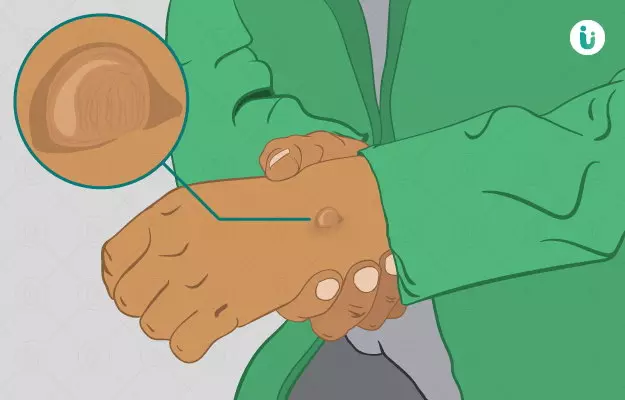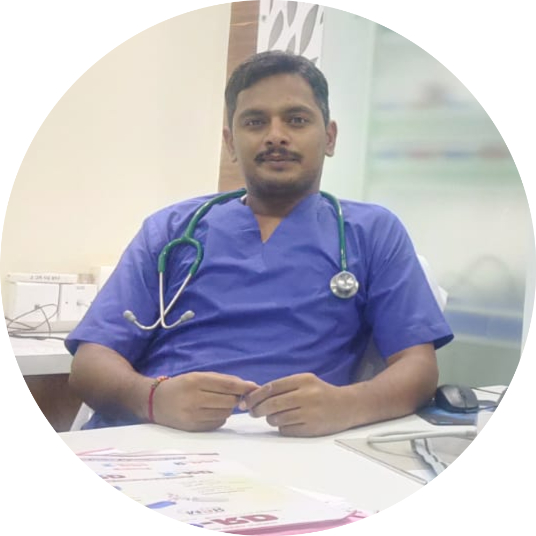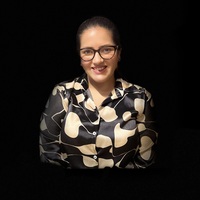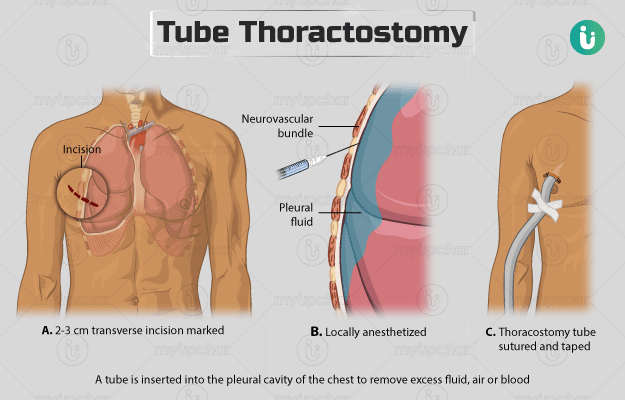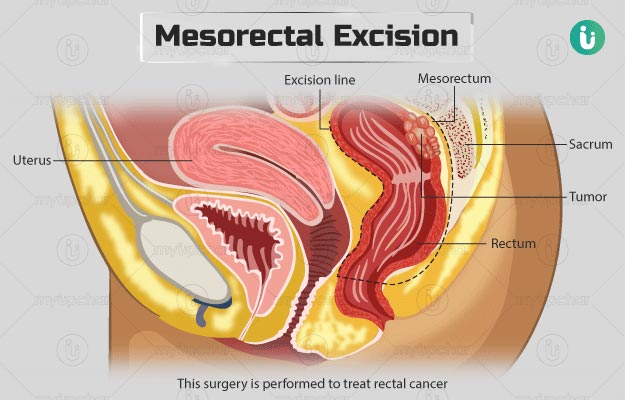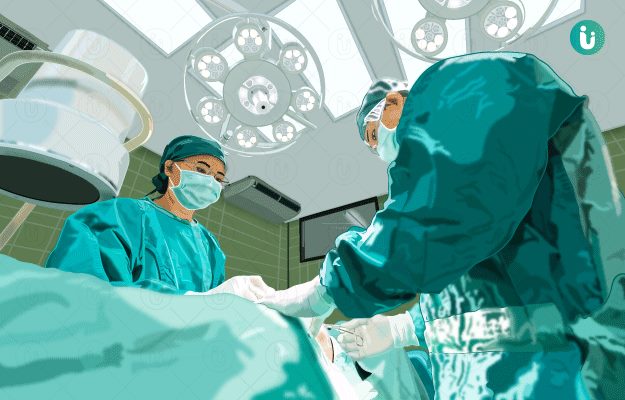Removal of warts using surgical methods is known as wart removal surgery.
Warts are skin growths, occurring mostly in the hands and fingers and genital region. They are usually benign and disappear on their own with time. However, they can cause cosmetic discomfort and in case they appear on, for example, the soles of the feet, can also be slightly painful.
Removing warts could help in preventing their spreading to other areas of the body or to other people. There are various methods of removing warts after home remedies fail. The procedure is a daycare admission and the patient is discharged by evening. Multiple sittings may be required to remove warts completely since recurrence is common.

